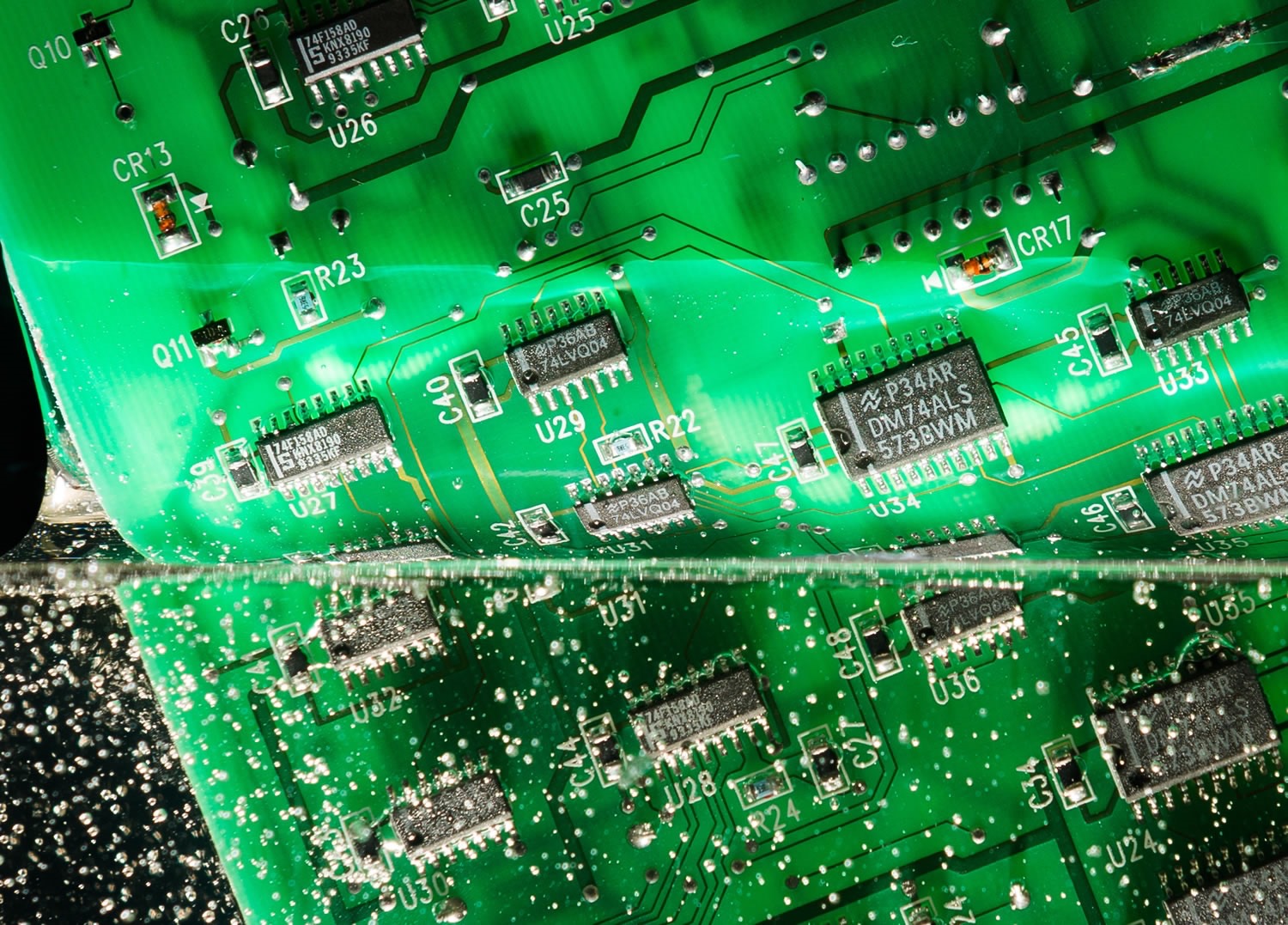
Conformal coating plays a vital role in protecting electronic components from environmental factors, and ensuring that it meets relevant environmental standards is essential for ensuring the reliability and safety of electronic devices. Several key requirements should be considered when evaluating conformal coating materials and processes for compliance with environmental standards.
One of the primary considerations is the material composition of the conformal coating. Many environmental standards restrict the use of certain hazardous substances, such as lead, cadmium, mercury, and certain types of flame retardants. Conformal coating materials must comply with regulations such as the Restriction of Hazardous Substances (RoHS) directive and the Registration, Evaluation, Authorization, and Restriction of Chemicals (REACH) regulation to ensure that they do not pose health or environmental risks during manufacturing, use, or disposal.
In addition to material composition, environmental standards may also specify performance requirements for conformal coating, such as resistance to moisture, chemicals, and temperature extremes. For example, the International Electrotechnical Commission (IEC) standards define test methods and criteria for evaluating the performance of conformal coatings in simulated environmental conditions, including humidity, temperature cycling, and exposure to corrosive gases.
Furthermore, environmental standards may address the sustainability and lifecycle impacts of conformal coating materials. This includes considerations such as the energy consumption and emissions associated with manufacturing processes, as well as the recyclability and biodegradability of coating materials. Conformal coating manufacturers may need to demonstrate compliance with standards such as ISO 14001 for environmental management systems and ISO 50001 for energy management systems to minimize their environmental footprint and ensure sustainable production practices.
Overall, conformal coating materials and processes must meet a range of environmental standards to ensure that electronic devices are safe, reliable, and environmentally responsible. By adhering to regulations regarding material composition, performance requirements, and sustainability practices, manufacturers can ensure that their conformal coating solutions meet the highest standards for environmental protection and contribute to a more sustainable future.